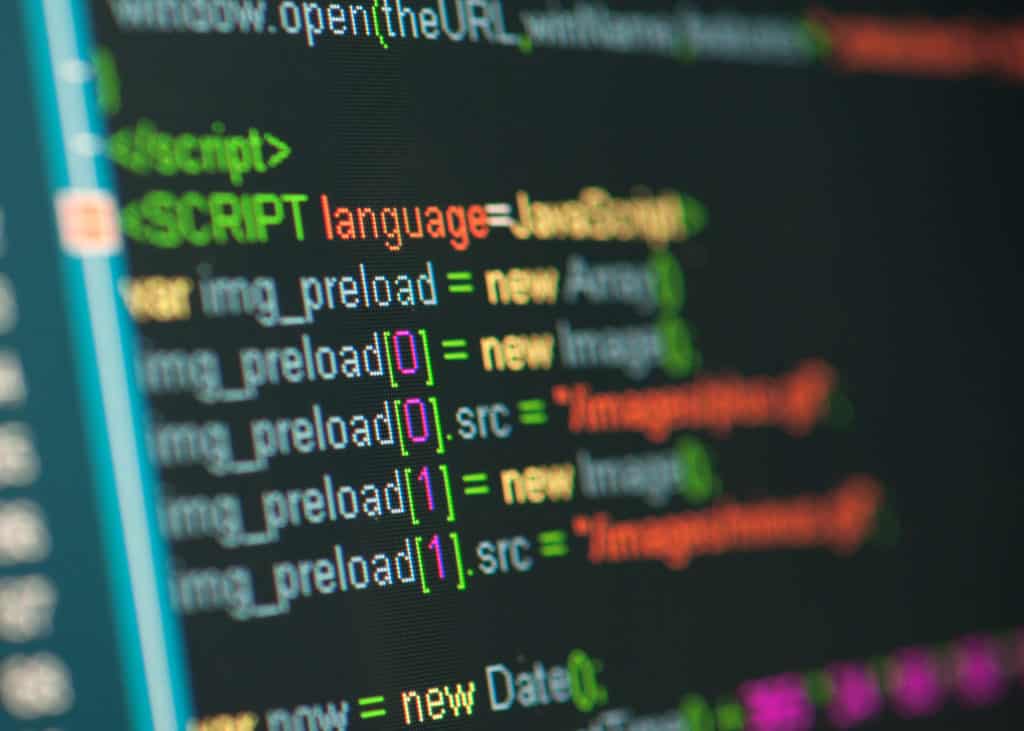So with this advanced emerging technology becoming more readily available, which solution is better for you? An AI that makes decisions on your behalf, or a system that follows rules you put into place.
Artificial intelligence and machine learning algorithms are relatively new to the Amazon PPC space. However, people have been creating rule-based software solutions in an attempt to mimic the activities and actions of more advanced marketers for some years now.
Today’s essay will go over the pros and cons of both. But first, it is important to go over the difference so everyone is on the same page about what each of these solutions offer.
What Is a Rule-Based PPC Software & How Is It Different From AI?
Rule-based software is simple to understand; it only operates based on predefined rules. What I mean by that is, you have a BUNCH of levers you can pull, and the program only executes based on those levers.
So, YOU decide maximum spend, YOU decide bid range, YOU decide where to get keywords from, YOU decide whether negative match campaigns are created, YOU decide whether new keyword targets are added, YOU decide if and when campaigns should be paused, etc. All within a predetermined range that you decide.
How is that different from AI?
Because an AI is only given a set of parameters and then IT decides.
Based on learning from past behaviors, predicting future behaviors, and monitoring in real time, AI makes the decision on what amount to bid, what to bid on, where to set limits, what keywords to add, when to add adsets, when to pause ads, etc.
Then, the only parameter you give it is, for example, a target ACoS. It knows to make decisions based on that target, but the AI still makes those decisions.
So basically, the difference is simple. Either you are steering the ship, or the machine is. Let’s look at the pros and cons of both, shall we?
Rules-Based PPC

Pro for beginners: The system is cheap – If you’re starting out and you don’t have a lot of sales or your revenue is low, $50 – $100 a month is a typical cost for software that may be able to get your PPC campaigns headed in the right direction.
But most people don’t take into account the time and money spent learning the system, playing around with KPI’s, the man-power to watch and manage the campaigns, and the tens of thousands of dollars in lost revenue just learning how to get to your desired performance.
With an AI you will see results fairly quickly. In this instance, speed equals profit potential, so it is important.
Con for beginners: Not knowing what you need to know – for someone who’s not well educated in strategies or all the metrics that measure how well your account is doing, it can be a daunting task to navigate all the charts and numbers when using a rule based software.
You can spend days just learning how to use the platform itself. If you haven’t studied strategies or haven’t had someone teach you the ways to funnel your campaigns to profitability it will take time and money (and lots of it) to achieve what an AI will do for you.
For advanced marketers: What are your rules? – Most people who are professionals in Pay per Click follow a set of rules that they plot into their software. What % of CTR (Click Thru Rate) and how many impressions before it goes into the next funnel of their campaigns (and so on).
But one thing I have noticed is that sometimes we place good keywords into the “naughty pile” because something external happens that may cause your sales to drop or causes the impressions to fluctuate.
There are many factors that could cause your good keywords or even average keywords to go into your bad pile or to just keep your keywords stagnant because it hasn’t hit your threshold yet. Using an AI, you’re no longer tied down by static rules.
Our AI, for example, will dynamically determine the history of each keyword, conversion, bid pricing, and CTR to ultimately match up to your target ACoS%.
Ultimately you can achieve the same success with a rules base system compared to an AI if you have the perfect set of rules, but it comes to man-power and how much time someone spends on each campaign and each keyword.
Artificial Intelligence w/ Human Oversight

When managing ads, the goal is often to predict how much money you can win.
If you do it with rules, when you are dealing with small numbers (less than a dollar) you need a LOT of data. Without lots of data, there will be a lot of statistically unsound “noise” which will cause bad predictions.
(You can prove this by looking at your best keyword and see that in the past there were periods where it was “down” or otherwise did not perform well. Likely during that period it would have been blacklisted by rules).
Essentially, with rules you are trying to do prediction and statistics with tools that were not designed to do that.
Contrast that with, say, how OUR AI works. We like to describe it as having “four brains” and they work as follows.
The first brain focuses on generating as many keywords as possible for each product ASIN and competitor ASINs. It is looking to identify and test EVERY possibility. Most products start with 4,000 keyword campaigns and then add by a factor of around eight, generating an additional 35,000 keywords quickly.
Over time the AI will continue to add keywords, but the biggest push happens during this beginning phase. Essentially this is the “exploration brain” whose job it is to saturate the semantic field of each product.
The next step is to determine the best bid for each ASIN keyword pair.
The second brain determines the best bid, with all things being equal. It tries to predict the conversion rate for each pair. To do that, it analyzes the last sixty days of data for the pair.
The third brain accounts for the fact that all things are not equal. So this brain assesses competitive context. It analyzes the last seven days of data, assessing the difference between bid and cost per click. Bid determination is based on the second bid winner on Amazon.
So the difference between that bid and CPC gives the AI an idea of the competitive landscape. Since we are looking at the second price auction, we can look at the third auctioneer and note the difference between us (even more, granular and helpful data).
Finally, the fourth brain acts as a translator. It makes sure the bid and keyword strategies bend to the ACoS target (those parameters we talked about) set by our PPC manager and dictated by our client. It adjusts the strategy to achieve that target.
Part of our AI’s parameters is to work to achieve this target regardless of impact on spend, demand, or competition. And THAT’s where the human oversight is necessary. Our PPC manager will ensure spend is not too high or low.
This creates a feedback loop where the human tells the machine how to adjust further. Basically, the human intervention is relegated to the PROFITABILITY LEVEL.
More Data Equals More Results

One of the early limitations of our AI, and any AI, is a lack of data in some scenarios. See, if you have a product with a long history of steady sales, that is all the data a machine learning algorithm needs to learn from.
But what if you have a new product?
It has no history of its own, so it must draw only from what Amazon gives. As we discussed in a previous essay, this can be limited and is disproportionately determined by starting budget.
Well, we’ve solved that issue by connecting our PFR research tool, which identifies the most profitable keywords for an ASIN based on competitor performance. Where product history is lacking, our advanced research tools, which reveal conversion level data on competitors, come in to fill in the gaps.
Ultimately, AI is simply easier to use, and given its ability to be unbiased as well as make decisions based on almost immeasurable calculations, it makes sense as a 21st century solution to Amazon PPC management.
When every dollar counts, reduce the cost of learning HOW to optimize your PPC and just….optimize it using machine learning. Cut down the time to optimize with the right tools (like Signalytics’ AI+Managed PPC solution).

